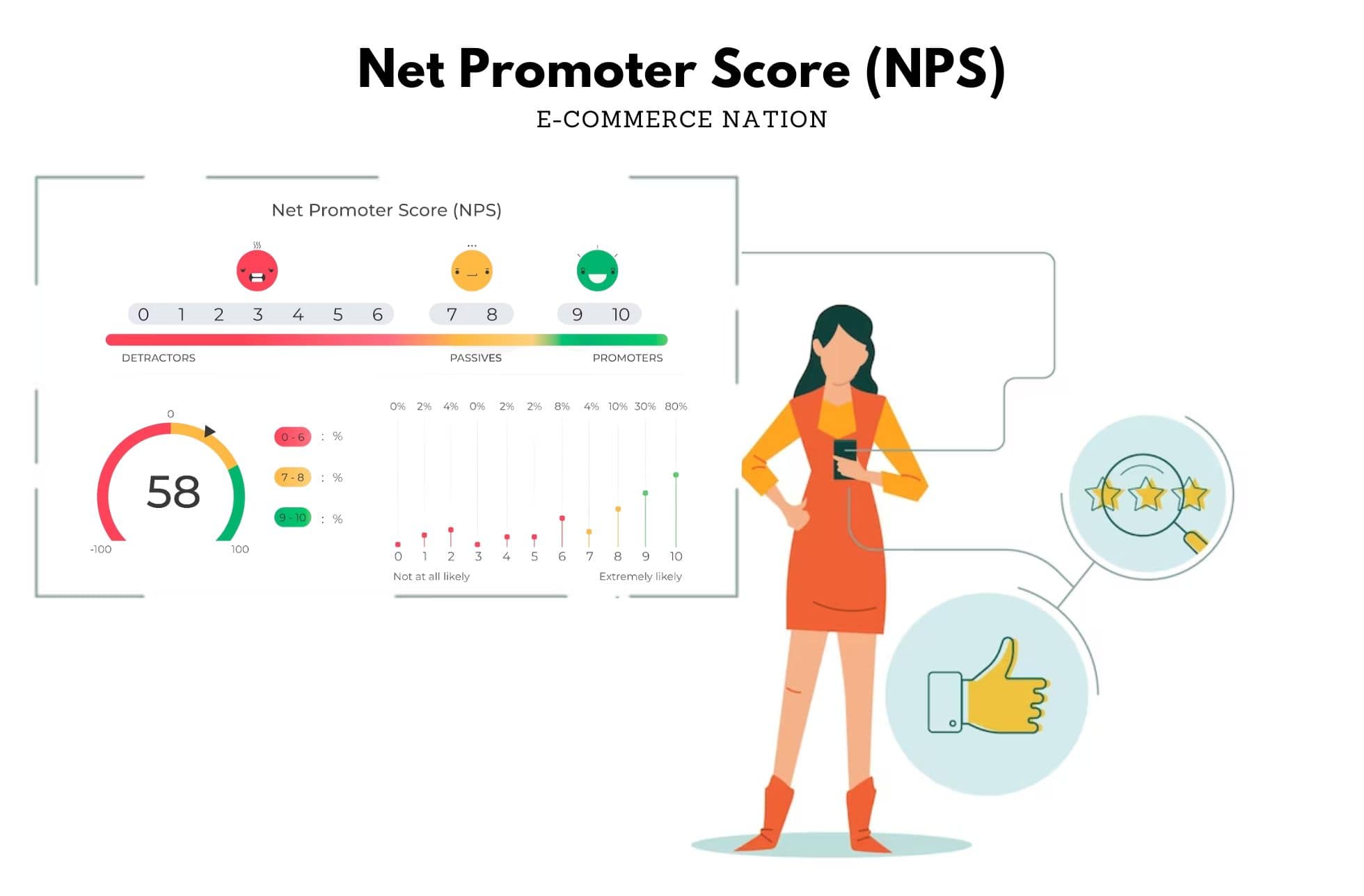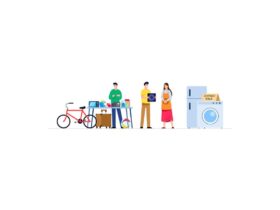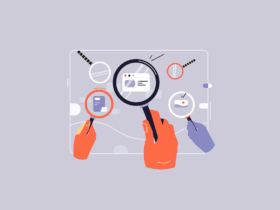An E-commerce customer journey is the digital adaptation of the marketing concept that allow retailers to visualize customers’ objectives, needs, feelings and barriers throughout the path of their purchase for a particular product or service.
When looking at what you sell on your website, customers will pass through a number of important “touchpoints.” The more you have, the more complicated it will be to design the corresponding map – but the more necessary it will be. Research found that 89% of today companies, plan on competing mostly with their customer experience.
Personalize your online customer experience
Like in the real life, your customer’s digital experience with your brand is all about the journey they live. There are so many e-commerce competition out there, and people don’t have time to waste on a website not fulfilling their needs. Just getting noticed among your competitors is hard, but transforming prospects into actual customers is even harder.
Today, experience has become even more important for customers than the product itself. Experience has even become a product as well. Online customers don’t hesitate to share their experience about brands in their communities. You can then chose how to spend your time: you can either spend it optimizing the experience you propose or lose it reacting to bad experiences stories people will relate online.
In order to customize your e-commerce UX and create more retention, you will need to get into your customer’s’ shoes. What are the most important moments for them when potentially shopping on your website? If you want to improve your marketing strategy, then defining your online customers journey is crucial so you can maximize each one of the determined touchpoints.
One key factor in UX is personalization. Knowing that 56% of consumers declare they appreciate the effort and would be more inclined to order from a website if offered a personalized experience. To be effective, personalization should implement features like prediction of visitors’ preferences, relevant identification of product suggestions and accurate recommendation.
Doing so is not easy because each stage of your e-commerce customer journey must be taken care of and personalized. But if you manage to implement good personalization, you will increase your engagement rate and cart size, and you will get more loyal customers. What you need to stay focused on is the fact that each steps (touchpoints) should be optimized to put your customers at the center of the process, making their experience something unique.
The 4 principal stages of the E-Commerce customer’s journey
Though you can add detailed intermediate stages but basically their are 4 Stages in an online customer journey while shopping : “Find stage”, “Selection & Comparison stage”, “Checkout stage”, “Return stage”.
The Find stage
In this early stage, your customers will be in a discovery mindset. They will browse categories to find the product/service they want. It’s important that they find what they want in a minimum of time so they don’t urge to change website. Your role here is to ensure that your customers get easy access to that discovery by implementing searching tools and getting the categories of your online store well organized.
Selection & Comparison stage

Now your customers know what they want to acquire. They will then start comparing options, selecting some of them, but dismissing others. What you want to do in this stage is to provide them with relevant recommendations.
If you choose to display the most popular products , you will give them a hint of what things they can find on your website. Also, once a product is selected, don’t forget to propose similar items that your customers might want to select as well. When e-commerce customers face up selling recommendation, their recommendation section propose them similar items but from the upper category, (hence more expensive).
These items might not be what they would have chosen in the first place, but it will brings you a 4% sales increase, so don’t neglect it. If you decide to implement cross-sell recommendation features like “similar products”, you are likely to see your revenue increase by 24%. Not bad right?
Checkout stage
Once they’ve made up their mind, e-shoppers want to get it fast. It is important that you ensure that checking out process is simple and that they will face no trouble while doing so. As the customer is still on your website, you still have time to display more similar item to them, just like brick-and-mortar retailer would, to trigger impulse purchase. By setting up a section like “People who bought this also bought…” you will get one last chance to make the cart bigger.
Return stage
Once your customer is pleased with experience on your e-commerce they will be willing to come back for more. Because they previously know your website and faced no hustle in the past, they will be confident enough to order more from your store.
Once they visited your online store, what you could do to bring them back, is to propose them some “recommended for you” section or “recently viewed”. It will bring personalization to another level and help trigger the sales. Chances are that because your customers checked those items already they might still be interested by it.
How to create your own E-Commerce customer journey?
Define Customer Personas
First thing first, in order to be able to create your own e-commerce customer journey map(s) you will need to define what are the customer personas that are most likely to order from your e-commerce. It will help you visualizing what your ideal online customer is likely to experience while shopping on your website. Yes it can take a while but you definitely need to do it.
To do so, what you can do is ask reviews from recent customers. By sending them an online survey you will be able to get feedbacks about touching points and make improvements.
Things you can ask are:
- The reason why they were looking for the items they bought from you
- How did they execute their search for the product?
- What kind of criteria did they chose to decide they wanted to purchase this item but not another?
- To name some competitors websites that they visited while comparing items
- But most of all : why did they chose your online store in particular?
- How was their experience while shopping on your website?

Once you have enough answers to your survey, then try gathering similar information to develop your online customer persona. Several personas can exist among your customers, but they can have similar online customer journeys, so try prioritize and take care of the most important one from a business point of view.
You can do it on your own you can also use online solution which provide templates to help you. Here is what your customer persona could look like with one of them:
Once you have defined what your e-commerce customer persona(s) are, then what you need is to integrate it to your analytics.
Use analytics
Once you pair your customer persona with your website analytics you will be able to personalize the content you want your customers to see. But first you will need to segment your customer database following these criteria:
- Behavior: What customers do on your website, their habits, etc.
- Their position in the buying cycle: are they simple visitors, potential buyers, ambassador of your brand, etc.
- Communication preferences: Do they prefer getting your promotional messages through emails, social media, text messages, mailbox, etc.
- Localization and demographic: What age, gender are they? Where do they live? Etc.
Design Your E-Commerce Customer Journey Map
For this project to be efficient you will need to create an online customer journey that will be specific to your products (at least similar ones), gathering your ideal customer touchpoints. You will the, be able to identify the challenges that your customer might be facing while on your website.
There is a good chance that research already exist for your target market, so use them. Websites experts firms publish free or paid studies about online consumption statistics of many existing markets. Knowing how expensive a custom market search is, don’t miss on these opportunities.
Adapt to devices
You need to adapt the experience to the different devices your customer will use to shop on your website. Their customer journey might not be the same whether on a desktop or on a mobile device. Being able to propose a good UX while on mobile has become crucial if you don’t want to lose customers in favor of your competition. You website absolutely needs to be responsive, especially since Google has implemented its last mobile first update.
We can definitely say that your customer journey map is a great tool for optimizing your customer experience. The final objective is to ensure the journey you provide your customer meets both your business and brand goals. And you, what do you think about optimizing the online customer journey?





